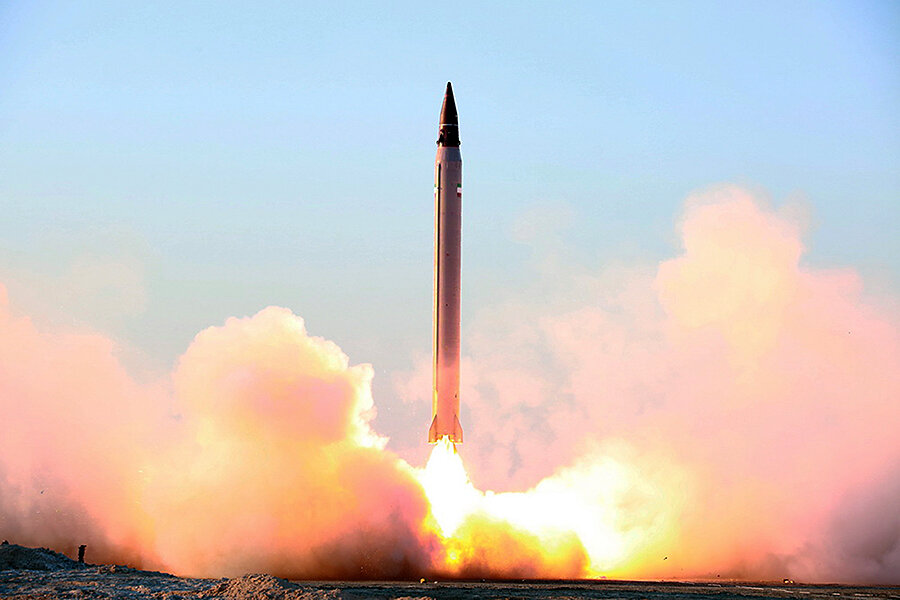Iran's October missile test violated UN sanctions, experts say
| United Nations
Iran's firing of a medium-range ballistic missile in October violated U.N. sanctions banning the Islamic Republic from launches capable of delivering nuclear weapons, U.N. experts said in a new report.
The report submitted to the U.N. Security Council and seen by the Associated Press on Tuesday said the launch used ballistic missile technology banned under a June 2010 resolution.
The Oct. 10 launch was the first test of a ballistic surface-to-surface missile after Iran and six world powers reached a landmark nuclear deal on July 14. The Security Council endorsed the deal in a resolution on July 20 that also called on Iran not to undertake any activity related to ballistic missiles capable of delivering nuclear weapons.
Iran says none of its missiles are designed to carry nuclear weapons.
The report said the missile had a range of at least 1,000 kilometers (620 miles) and up to 1,300 kilometers, and a payload of at least 1,000 kilograms (2,200 pounds) and up to 1,400 kilograms.
But the panel said a missile with a range of at least 300 kilometers and a payload of at least 500 kilograms — far smaller than the one launched on Oct. 10 — is considered by expert guidelines to be capable of delivering weapons of mass destruction.
The United States, France, Britain and Germany asked the Security Council on Oct. 21 to investigate and take "appropriate action" against Iran for the Oct. 10 missile launch.
The Dec. 11 report by experts from the council committee monitoring sanctions against Iran supports the contention of the four countries that the firing violated U.N. sanctions.
Whether the Security Council takes any action remains to be seen. It was expected to receive a briefing from theIran sanctions committee later Tuesday.
Under the July nuclear deal, most sanctions on Iran will be lifted when its provisions are implemented in exchange for curbs on its nuclear program. But the experts' report noted that "ballistic missile launches would be covered" under the July 20 resolution.
Iran's Defense Minister Gen. Hossein Dehghan, said at the time of the Oct. 10 launch that the missile, named Emad or pillar in Farsi, was a technological achievement for Iran — able to be controlled until the moment of impact and to hit targets "with high precision."
He said it "will obviously boost the strategic deterrence capability of our armed forces."
The panel said it has not yet investigated a subsequent Iranian ballistic missile launch reported by the media on Nov. 21 and therefore "cannot determine whether it was another Emad test."
Based on video footage of the Oct. 10 launch, the panel said the Emad delivery system was identified as "the Ghadr-1 medium-range single stage liquid-fueled ballistic missile." It said the Ghadr-1 is an advanced version of Iran's Shabab-3 ballistic missile system and the reentry vehicle possesses a guidance system and steerable fins.





